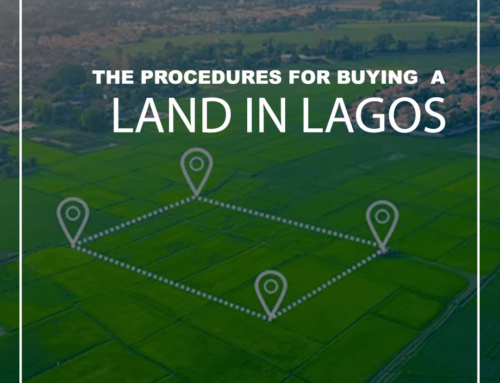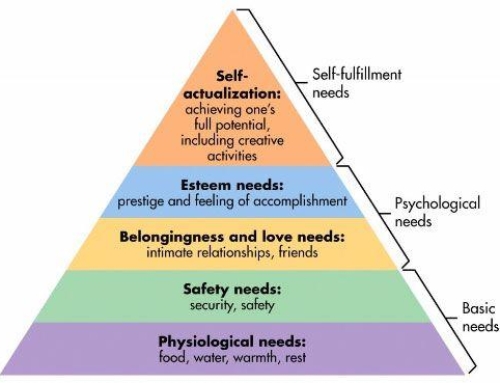What is the creator economy? It’s defined as the class of businesses built by over 50 million independent content creators, curators, and community builders including social media influencers, bloggers, and videographers, plus the software and finance tools designed to help them with growth and monetization.
The three top trends in the creator economy are:
- Creators moving their top fans off of social networks and on to their own websites, apps, and monetization tools
- Creators becoming founders, building out teams and assembling tools to help them start businesses while focuses on their art
- Creators gaining power in the media ecosystem as fans seek to connect with individual personalities rather than faceless publishers
More than 50 million people around the world consider themselves creators, despite the creator economy only being born a decade ago. It’s become the fastest-growing type of small business, and a survey found that more American kids want to be a YouTube star (29%) than an astronaut (11%) when they grow up.
We’ve created a crash course on over 100 of the top startups and tools built to help influencers, so whether you’re a creator seeking help, a founder identifying opportunities, or an investor looking for the next rocketship, this market map will give you both a broad and deep view of the creator ecosystem. I promise that the next 10 minutes of your reading will not be interrupted by ads. No premium membership required.
Using platforms like YouTube, Instagram, Snapchat, Twitch, TikTok, Substack, Patreon, and OnlyFans, content creators can earn money through:
- Advertising revenue shares
- Sponsored content
- Product placement
- Tipping
- Paid subscriptions
- Digital content sales
- Merchandise
- Shout-outs
- Live and virtual events
- VIP meetups
- Fan clubs
If you are a founder building something special in this space, SignalFire would love to hear from you! We’ve funded tools to help influencers operate and monetize like credit card Karat, and led the seed round for YouTube co-founder Chad Hurley’s new company GreenPark. We fund both early and mid-stage startups, and help them with recruiting, advising, go-to-market strategies, and PR. So don’t be shy about sliding into our DMs or smashing that newsletter subscribe button below.

Kids would rather be a YouTube star than an astronaut, according a a recent survey. Via Jacob Lund / Shutterstock
So how did creatorship grow so quickly? There’s been a societal shift in consciousness towards caring more about feeling fulfilled in our jobs, having control over how we spend our time, and being our own boss. Fans see creators doing what they love for a living and aspire to follow that path that never leads to a cubicle.
Meanwhile, better cameras on phones, larger screens, faster mobile networks, and creator-focused social networks have spurred an inflection point for the industry. Now all you need to join the creator club is a phone, an idea, and a willingness to be judged by strangers. Simple? Not quite. That will guarantee you 12 views (maybe 15 if you have many cousins). And don’t even dream about brand deals. To succeed, creators have to be incredible storytellers, relentless hustlers, and leaders of their fan communities.
Luckily, a ton of companies have been built to support creators, especially the 2 million people able to make a full-time career out of it (just imagine all the tools and infrastructure that are needed if the entire population of Lithuania were to become YouTubers).
How many creators are there?

Here’s our bottom’s up TAM (total addressable market) analysis, which adds up to 50 million creators:
- Professional Individual Creators (~2M+) – Making content full-time
-
- YouTube: Of the 31M channels on YouTube, ~1M creators have over 10K subscribers (source)
- Instagram: Of the 1bn accounts on Instagram, ~500K have over 100k followers and are considered active influencers (source)
- Twitch: Of the 3M streamers on Twitch, ~300K have either Partner or Affiliate status (source)
- Others: including musicians, podcasters, writers, illustrators, etc total ~200K
- Amateur Individual Creators (~46.7M) – Monetizing content creation part-time
-
- YouTube: Of the 31M channels on YouTube, ~12M have between 100-10K subscribers (source)
- Instagram: Of the 1bn accounts on Instagram, ~30M have between 50-100K followers (source)
- Twitch: Of the 3M streamers on Twitch, ~2.7M are non Partner or Affiliates
- Others: including musicians, podcasters, writers, illustrators, maybe a total of ~2M<
State Of The Creator Economy: A Brief History
Before we dive into all the types of tools, it’s important to understand the evolution of the creator economy, which can be divided into 3 distinct layers that build on each other.
- Layer 1: Foundational Media Platforms. Since the late 2000s, we witnessed the birth of platforms like YouTube, Instagram, iTunes, Spotify, and more recently Snapchat, Twitter, Medium, Twitch, TikTok, etc. Platforms help creators get discovered and establish an audience by investing heavily in their recommendation and curation algorithms — they solved the distribution problem for creators. No longer were creators at the mercy of large production companies who decided what content to produce and who the audience would be.These platforms contributed to the rise of multi-channel networks like Maker and Fullscreen. They aggregated creators and equipped them with audience development tools before they were bought for hundreds of millions, while new networks like Brat TV and Tastemade emerged. The platforms also necessitated the creation of multimedia editing tools that helped creators polish their content.But platforms don’t always have content contributors’ best interests in mind so the smart creators learn to cross-promote and diversify their presence on different apps to minimize “platform risk”. That way they’re not vulnerable to one platform’s decline, change in priorities, removal of features, or reduction in opportunities that can hurt them, which is known as “platform whiplash”.
- Layer 2: Monetizing Influencer Reach. Once top creators had built an established audience who trusted what they had to say, brands started to recognize the return on investment of paying creators to harness their on-platform reach to advertise products and services.While some platforms split traditional ad revenue with creators, others left it up to the content makers to figure out how to monetize, leading to the rise of sponsored content and companies like Niche that brokered the deals. There are now hundreds of companies in this space including influencer agencies, sponsorship marketplaces, talent representation companies, and more. According to Mediakix, the current influencer marketing TAM is ~$8bn and it’s expected to grow to $15bn by 2022, making it one of the fastest-growing business sectors. Ideally, creators work with sponsors that match their personal brand, and don’t sacrifice content quality to overtly push a corporate message.However, as influencer marketing grew more common and more brands started paying for it, influencers noticed a pattern: with each paid post, they’d lose some of the trust that they established with their audience, hurting their engagement and growth. Which brings us to the latest wave of creators’ evolution…

Via Mediakix
- Layer 3: Creators as businesses. This is where we are today! Having developed fandoms that follow them off-platform, creators can become full-fledged businesses with multiple revenue streams beyond ads. Companies have arrived to help creators earn money by selling products such as premium content, merchandise, books/ebooks, newsletters, or selling services such as fan engagement, coaching, consulting, speaking engagements, etc.This lets creators focus on delighting their biggest fans and making more unique niche content, rather than desperately seeking the biggest possible audience and making more generic clickbaity content.
Essentially, creators have to balance the distribution potential of certain platforms with the risk of becoming dependent on them, and monetize by either earning a little off of each fan from mainstream content for a big audience or earning a lot off of deeper connections to a smaller set of fans through niche content.
The big trend we see here is that over time, creators are becoming more diversified in their revenue streams and are being funded directly by their fans.
Creators have shifted from being paid by platforms like YouTube with ad revenue shares in exchange for bringing in an audience to the platforms, to being paid by brand sponsors on Instagram and Snapchat in exchange for their reach to an audience they access through the platforms, to being paid by fans via patronage or tipping or ecommerce in exchange for entertainment and community beyond the platforms.
Now that we’ve gotten the brief history lesson out of the way, let’s talk about specific subsectors and exciting companies within them! We’ll also discuss the COVID-19 impacts as well as our assessment of the investment opportunities within each.





